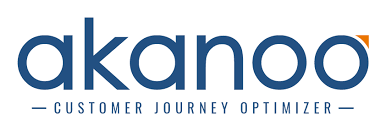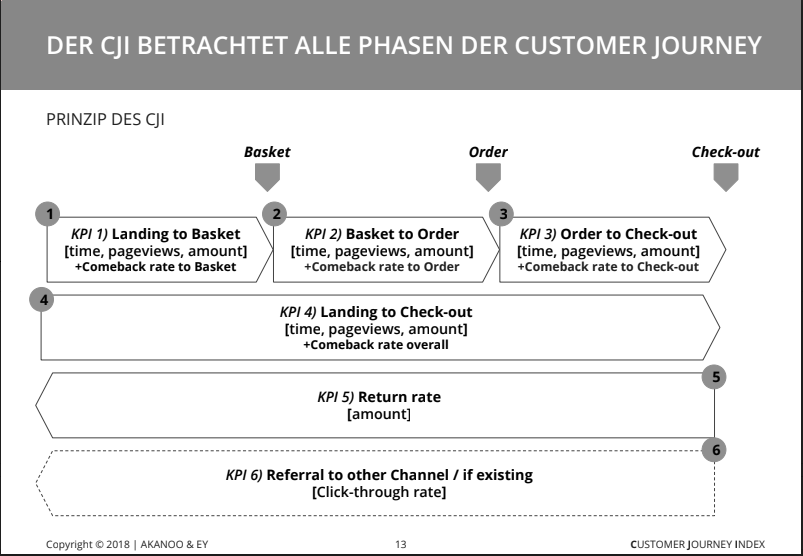 Guest Post Author: Akanoo
Guest Post Author: Akanoo
Since Akanoo was founded in 2013, they became the technology leader in onsite marketing and developed their expertise in the area of conversion optimization and onsite-based retargeting. In 2016, the company won the Rising Star Award by bevh and was ranked 2nd fastest growing digital SaaS company in the Gründerszene Ranking 2017. Today, Benjamin Ferreau is leading the 20-people-sized startup and boosts the transition from startup to established brand in the eCommerce industry.
Insight
Nowadays, consumer behaviour is changing rapidly – expectations on shopping experiences are growing day by day. For companies, this means an ever growing challenge to communicate with users on the basis of their needs with a targeted message at the right moment – along each users personal customer journey.
Challenge
For that reason, every business is talking about customer journeys right now – onsite and offsite. However, it is fairly hard for most of them to make them measurable and mangeable, so, for a long time, it’s been difficult to define specific data-driven actions and campaigns to optimize customers’ journeys.
Solution
As a specialist in onsite marketing intelligence, Akanoo focussed on the onsite customer journey first and came to a conclusion: A systematic approach is required here – actionable KPIs (plus, preferably, even an Index) have to be defined in order to make the onsite customer journey tangible and manageable. To achieve that, a specific set of measures and calculative models has to be created to get a grasp on this abstract entity and huge amounts of data have to be collected and analyzed to create valid Index values that provide proper orientation.
So the goal was clear: An Onsite Customer Journey Index (short: CJI) had to be created!
Basic Description of the Concept
Based on all these premises, the CJI has been created as a model which
- suggests a calculative model that makes the onsite customer journey tangible and enables targeted, data-driven optimization and
- uses indexing as a way to raise awareness among company users to give them the opportunity to compare their performance – either with themselves (e.g. historic values) or with benchmarks from their industry.
The CJI divides the Onsite Customer Journey into three phases based on the standard buying process and its common micro conversions (short: microversions) – which result in five different KPIs:
- The first KPI is focusing on the phase between the customer’s arrival on the page and the moment when he or she puts something in his or her basket. Because of that, it’s called the “Landing to Basket” phase.
- The second KPI is focusing on the phase from when the user puts something into his or her basket up to the moment when the order is placed. Therefore, it’s called the “Basket to Order” phase.
- The third KPI is focusing on the phase between order and check-out, analyzing the phase after the actual order. Accordingly, it’s called the “Order to Check-Out” phase.
The calculation of these first three KPIs is based on well-known metrics as “time”, “pageviews”, “amount” and “return rate to [phase]” (details will follow in the next article).
- The fourth KPI is a combination of the first three KPIs – using average values of the performance of every single phase. It’s called “Landing to Check-Out” phase.
- Last but not least, the fifth KPI is based on the amount of returns that the site is getting – that means: It’s taking into consideration the amount of people coming back to the site in general.
In case a business is operating with an omni-channel approach, the CJI can be expanded by a sixth KPI: “Referral to Other Channel”. This one would for example be valid, if the offline store refers a customer to the online shop or the other way round.

We’ll proceed with the introduction of our model in two further articles that will be published over the next few weeks.
In case you wish to get more details earlier, contact Vadim Nagornov (Akanoo) to send you the whole paper written by Akanoo & EY: vadim(at)akanoo.com.
